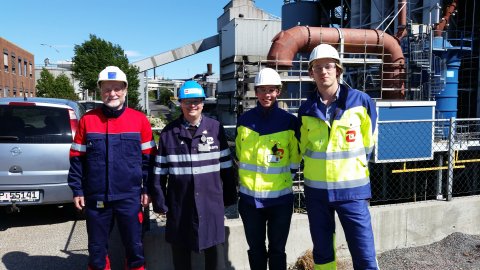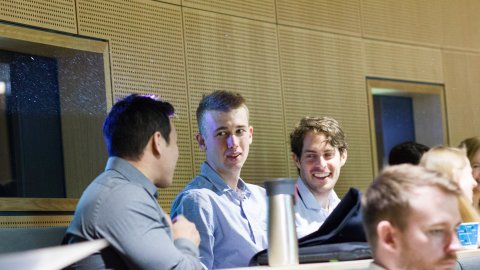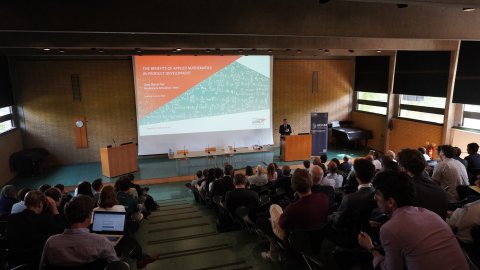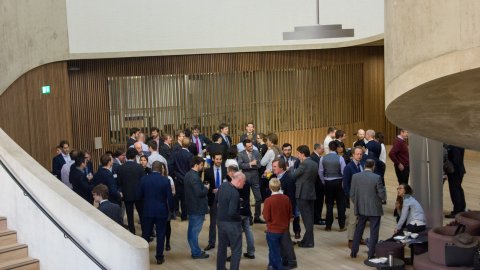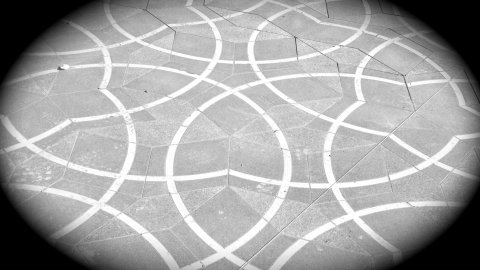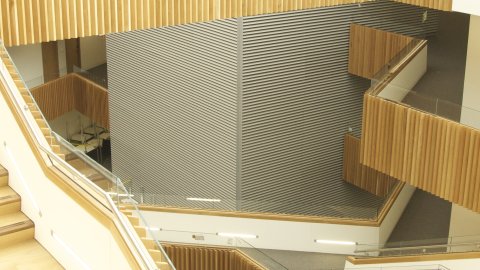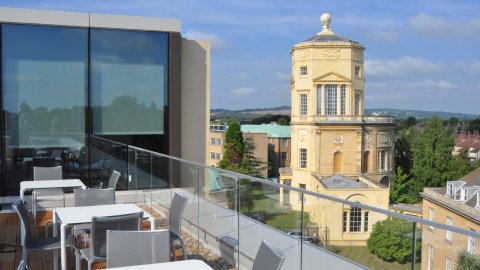Scattering by fractal screens - functional analysis and computation
Abstract
The mathematical analysis and numerical simulation of acoustic and electromagnetic wave scattering by planar screens is a classical topic. The standard technique involves reformulating the problem as a boundary integral equation on the screen, which can be solved numerically using a boundary element method. Theory and computation are both well-developed for the case where the screen is an open subset of the plane with smooth (e.g. Lipschitz or smoother) boundary. In this talk I will explore the case where the screen is an arbitrary subset of the plane; in particular, the screen could have fractal boundary, or itself be a fractal. Such problems are of interest in the study of fractal antennas in electrical engineering, light scattering by snowflakes/ice crystals in atmospheric physics, and in certain diffraction problems in laser optics. The roughness of the screen presents challenging questions concerning how boundary conditions should be enforced, and the appropriate function space setting. But progress is possible and there is interesting behaviour to be discovered: for example, a sound-soft screen with zero area (planar measure zero) can scatter waves provided the fractal dimension of the set is large enough. Accurate computations are also challenging because of the need to adapt the mesh to the fine structure of the fractal. As well as presenting numerical results, I will outline some of the outstanding open questions from the point of view of numerical analysis. This is joint work with Simon Chandler-Wilde (Reading) and Andrea Moiola (Pavia).


